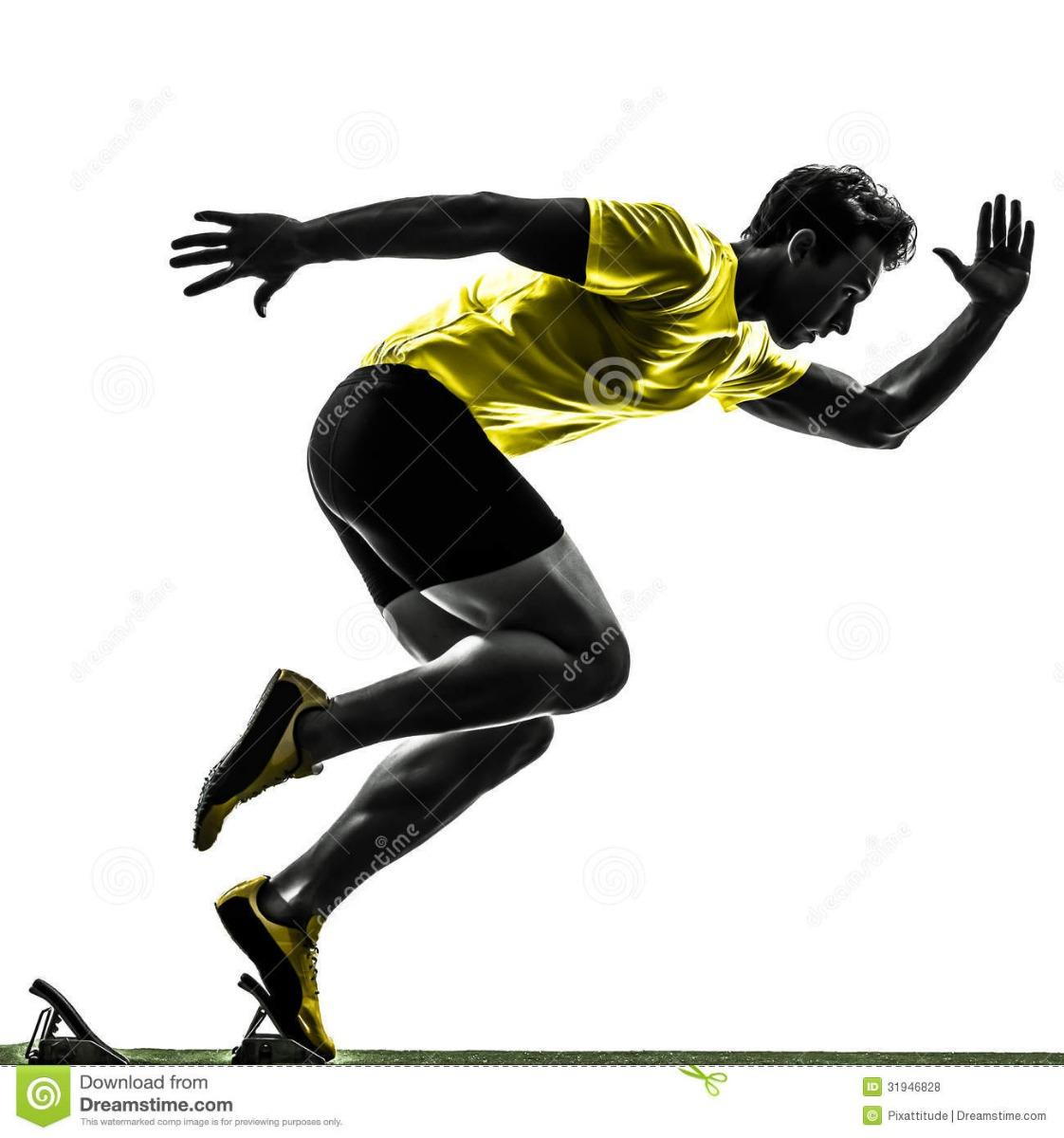
Chiropractors have been knows as "back doctors"! This is how the profession been able to get into main stream medicine. However, adjusting the spine has many benefits.
Here is a study that was completed this year within our Military. This study shows how adjusting the spine increase your reaction time. This is really important with athletes who are competing and need that little bit extra to make the winning difference.
Read below and make your adjustments appointments for performance, not just for pain!
Trials. 2019 Jan 3;20(1):5. doi: 10.1186/s13063-018-3133-2.
Effect of chiropractic manipulative therapy on reaction time in special operations forces military personnel: a randomized controlled trial.
DeVocht JW1, Vining R2, Smith DL3, Long C1, Jones T4, Goertz C5.
Abstract
BACKGROUND:
Chiropractic manipulative therapy (CMT) has been shown to improve reaction time in some clinical studies. Slight changes in reaction time can be critical for military personnel, such as special operation forces (SOF). This trial was conducted to test whether CMT could lead to improved reaction and response time in combat-ready SOF-qualified personnel reporting little or no pain.
METHODS:
This prospective, randomized controlled trial was conducted at Blanchfield Army Community Hospital, Fort Campbell, KY, USA. Active-duty US military participants over the age of 19 years carrying an SOF designation were eligible. Participants were randomly allocated to CMT or wait-list control. One group received four CMT treatments while the other received no treatment within the 2-week trial period. Assessment included simple hand/foot reaction time, choice reaction time, and Fitts' Law and whole-body response time. On visits 1 and 5, the same five assessments were conducted immediately pre- and post-treatment for the CMT group and before and after a 10-min wait period for the wait-list group. Primary outcomes included between-group differences for the pre-CMT/wait-list period at visit 1 and visit 5 for each test. Secondary outcomes included between-group differences in immediate pre- and post-(within visit) changes. Analysis of covariance was used for all data analysis.
RESULTS:
One hundred and seventy-five SOF-qualified personnel were screened for eligibility; 120 participants were enrolled, with 60 randomly allocated to each group. Due to technical problems resulting in inconsistent data collection, data from 77 participants were analyzed for simple hand/foot reaction time. The mean ± standard deviation (SD) age was 33.0 ± 5.6 years and all participants were male. No between-group statistically significant differences were found for any of the five biomechanical tests, except immediate pre- and post-changes in favor of the CMT group in whole-body response time at both assessment visits. There were four adverse events, none related to trial participation.
CONCLUSIONS:
A single session of CMT was shown to have an immediate effect of reducing the time required for asymptomatic SOF qualified personnel to complete a complex whole-body motor response task. However, sustained reduction in reaction or response time from five tests compared with a wait-list control group was not observed following three sessions of CMT.
